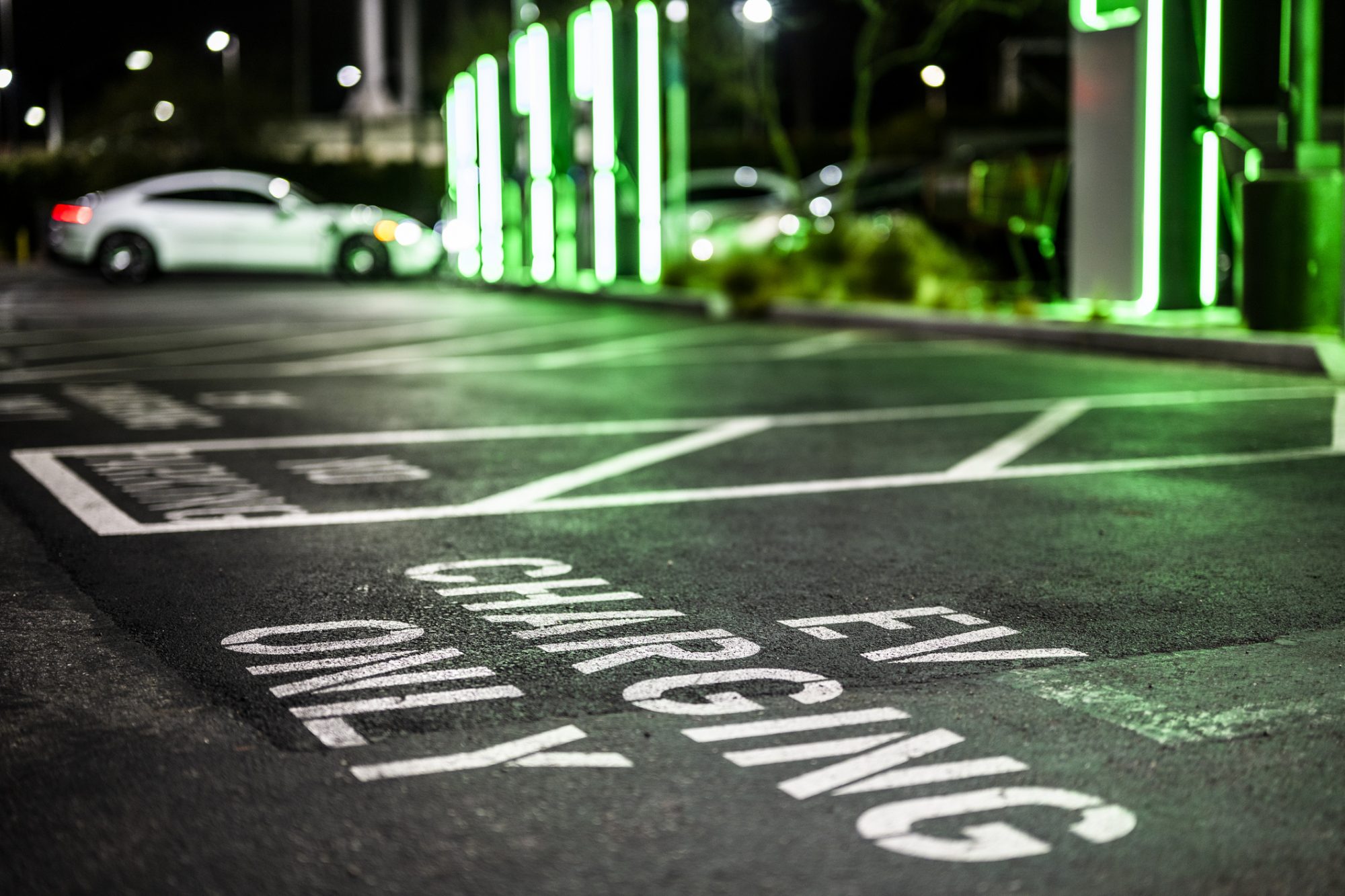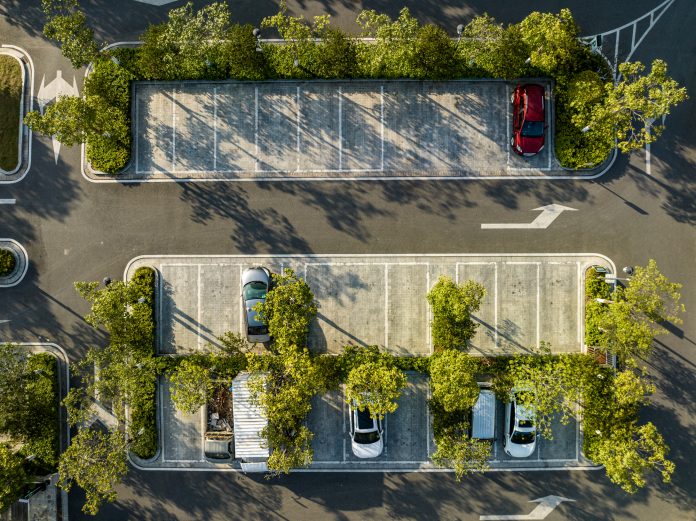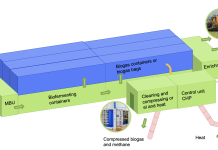As governments worldwide pursue carbon neutrality, the public sector’s push for electric vehicles and emission reduction reflects their commitment to environmental responsibility
Reducing carbon emissions is just one way that governments all over the world are trying to limit the negative impact their countries have on the environment, and the UK is no different.
A recent study found that public sector buildings account for 2% of the UK’s total carbon emissions, and therefore the aim of the Public Sector Decarbonisation Scheme is to reduce the emissions from these buildings by 75% by 2037.
Navigating the road to carbon neutrality
Carbon neutrality: But what about other ways in which the public sector contributes to carbon emissions?
Many public sector workers are mobile, meaning they travel between different locations as part of their job – for example nurses visiting patients’ homes, or maintenance workers travelling to council-owned properties for repairs.
To start making an impact for carbon neutrality here, the government is driving towards decarbonising its car fleets, with a target for its entire central car fleet to be fully zero emission by 2027.
For local government and healthcare teams, the vision of embracing electric vehicles (EVs) and achieving carbon neutrality is far from a straightforward journey.
The daunting task of replacing an entire fleet of petrol or diesel vehicles with EVs comes with its own financial hurdles, especially when budgets are tight.
Moreover, before taking the leap towards electrification, various other factors demand careful consideration.
It’s a challenging road to navigate, but not an impossible one.
That doesn’t mean it isn’t possible – it just requires a little more forward thinking and planning to ensure that all barriers to this initiative are overcome.
Public sector drive for electric vehicles: Speedbumps in the road
Beyond the upfront cost, the most formidable hurdle that organisations encounter when embarking on the electrification journey for their vehicle fleet lies in the exhilarating realm of charging infrastructure, demanding innovative solutions to power their electric dreams.
Staff with work vehicles will be used to filling up with petrol or diesel as needed, whereas electric charging points are not yet as widespread and easily accessible as petrol stations are.
To address the absence of home charging points for most people, organisations must establish a centralised overnight charging site, eliminating the need for costly and impractical installation of chargers in individual residences.

Adapting public sector mobility
While this solves one problem, it creates another.
Mobile workers who use these vehicles will then need to travel from their homes to the charging site before they start their shift, and then travel home again at the end.
Not only does this add time onto their day – where before they could travel to and from home directly.
It is also likely that the transport they use to and from home will be a petrol or diesel vehicle, and therefore any reduction in carbon emissions from the EVs during the shift begins to be offset by the emissions from the journey to and from the charging site.
Organisations will also need to consider the driving range of the chosen vehicles, as one full charge overnight may not be enough for a full shift the next day, depending on the EVs purchased.
Especially in some rural areas where distances between appointments may be further, staff cannot be left stranded on a country road because their vehicle has run out of power before they could find a charging point.
So, what can public sector organisations do to manage this change and embrace the benefits that electric vehicles have to offer?
Overhauling operations to ensure a smooth journey
First, considering our last point about the driving range of the EVs – if the vehicles are unable to last a full shift without additional charging.
It’s important that organisations plan for workers to stop in the middle of their shift (at lunchtime, for example) somewhere where there is an electric charging point.
It shouldn’t be the responsibility of the worker to know where these points are, but instead the organisation should plan this into the route and around the appointments that each worker is assigned each day.
Given the challenges of doing this manually for every staff member, organisations may benefit from investing in work scheduling solutions that can review all of the jobs that are on a worker’s list to be done each day.
With primed with up-to-date information on where all public charging points are – schedule their route to fit in a stop at a charging point at an appropriate time, while also ensuring time is allowed for them charge the vehicle to an appropriate level.
Importance of minimising travel distances
In addition to this, if further emphasises the importance of minimising travel distances between jobs to reduce the frequency of charging required, and as a result maximise the productive time of staff.
Organisations would also need to take into account where the central charging site is located.
While it can’t be close to everyone’s home to reduce travel time, the organisation can aim to choose a location that has good public transport nearby.
For example, a local bus route and a train station within walking distance would be ideal. Though not always possible, it is important to consider these features for a potential location to make the transition easier for workers to adjust to.
Driving towards a sustainable future
It’s vital that we – individuals and organisations alike – do all that we can to look after our planet and protect the environment around us.
Switching from fossil fuels such as petrol and diesel to electricity produced by renewable sources is an excellent way to reduce the harmful impact we’re having on the Earth.
However it’s not going to change overnight.
A long drive to reducing carbon emissions
However, while there are some operational hurdles that must be overcome to put these new, smarter initiatives in place, with some innovative thinking and technologies for support, public sector organisations will be able to implement these sustainable practices before it’s too late.
This article was written and provided by Chris Hornung, Managing Director for Public Sector at Totalmobile.














